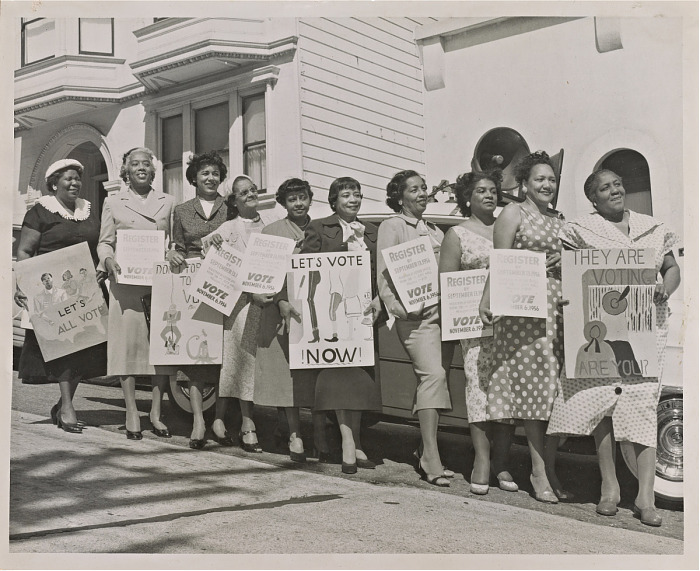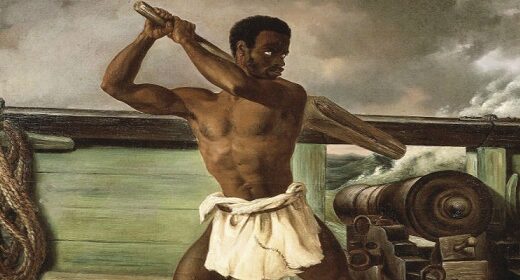In 1771, fourteen-year-old Denmark Vesey was transported from St. Thomas to Cape Francais by slave trader Captain Joseph Vesey. Upon a return trip to Cape Francais, Captain Vesey was forced to reclaim Denmark, who his master said was suffering from epileptic fits. Denmark accompanied Captain Vesey on his trading voyages until the Captain retired to Charleston, never again showing signs of epilepsy.
In 1799, Vesey won the lottery and bought his freedom for $600. He could not purchase the freedom of his wife and children, however, and some claimed that this fact motivated his crusade to destroy the institution of slavery.
Vesey joined the newly formed African Methodist Episcopal Church in 1817. He became a “class leader,” preaching to a small group in his home during the week. White Charlestonians constantly monitored the African church, disrupting services and arresting members. An angry Vesey began preaching from the Old Testament, particularly Exodus, and taught followers that they were the New Israelites, the chosen people whose enslavement God would punish with death.
In 1822, Vesey and other leaders from the African Church began plotting a rebellion. His chief lieutenant was an East African priest named Gullah Jack, who led conspirators in prayer and rituals and gave them amulets to protect them in battle. Vesey’s theology of liberation, combined with Gullah Jack’s African mysticism, inspired potential participants, and word of the rebellion grew. Vesey set the date for revolt on July 14, and men from Charleston and surrounding plantations planned to seize Charleston’s arsenals and guard houses, kill the Governor, set fire to the city, and kill every white man they saw. But in June, several nervous slaves leaked the plot to their masters, and Charleston authorities began arresting leaders. Vesey was captured on June 22, and he and the conspirators were brought to trial. Despite torture and the threat of execution, the men refused to give up their followers. On July 2nd, Denmark Vesey and five other men were hanged. Gullah Jack was executed several days later, with the total number of executions reaching 35 by August 9th.
In the aftermath of the Vesey rebellion, the African Church was burned down and authorities passed a series of laws further restricting the rights of Charleston slaves. Vesey became a martyr for African-Americans and a symbol for the abolitionist movement, while the increasingly militant politics of white America dragged the country toward Civil War. After the executions of Denmark Vesey and 34 others, Charleston authorities exiled the African Church leaders and razed the building. Although devastated by the destruction of their church, black Charlestonians continued to honor Vesey’s revolutionary Old Testament theology in secret. For abolitionists such as David Walker, Frederick Douglass, and Harriet Beecher Stowe, Vesey became a symbol of resistance and an inspiration in their writings. White Charleston responded by increasing efforts to convert slaves to New Testament Christianity, and by passing legislation to further restrict the rights of slaves. This increasingly militant path eventually led to the Civil War.
Source: https://www.pbs.org/thisfarbyfaith/people/denmark_vesey.html






No Comments